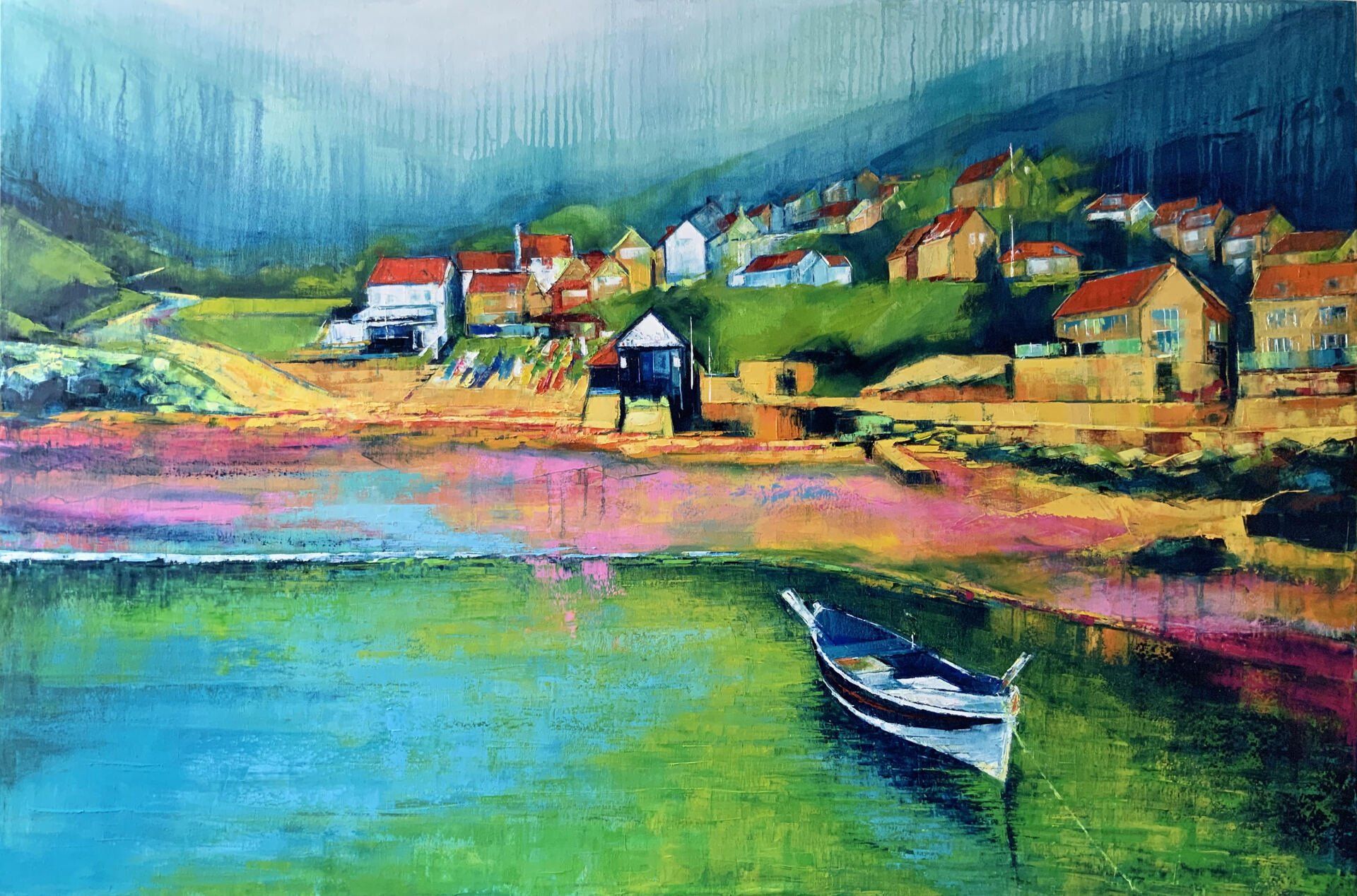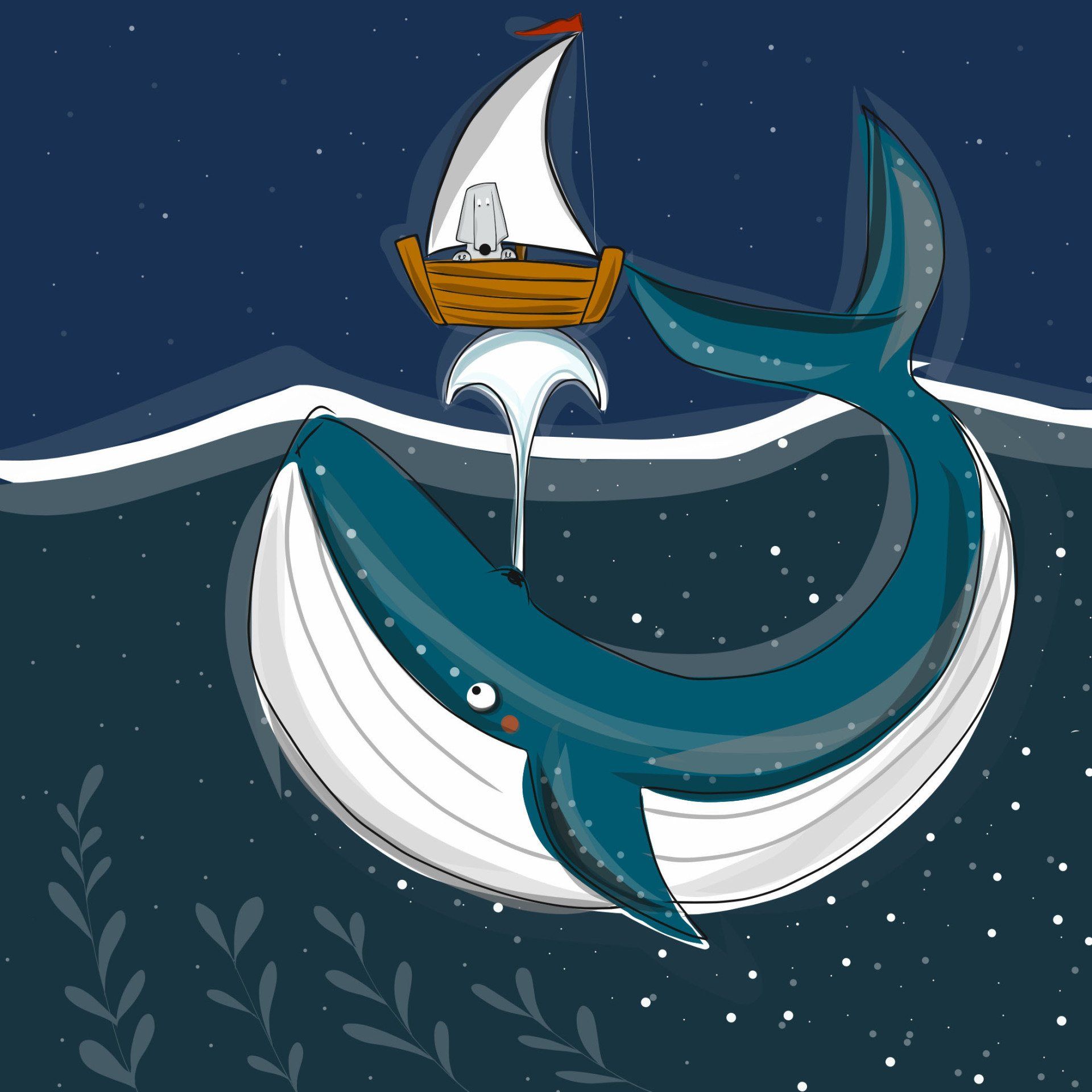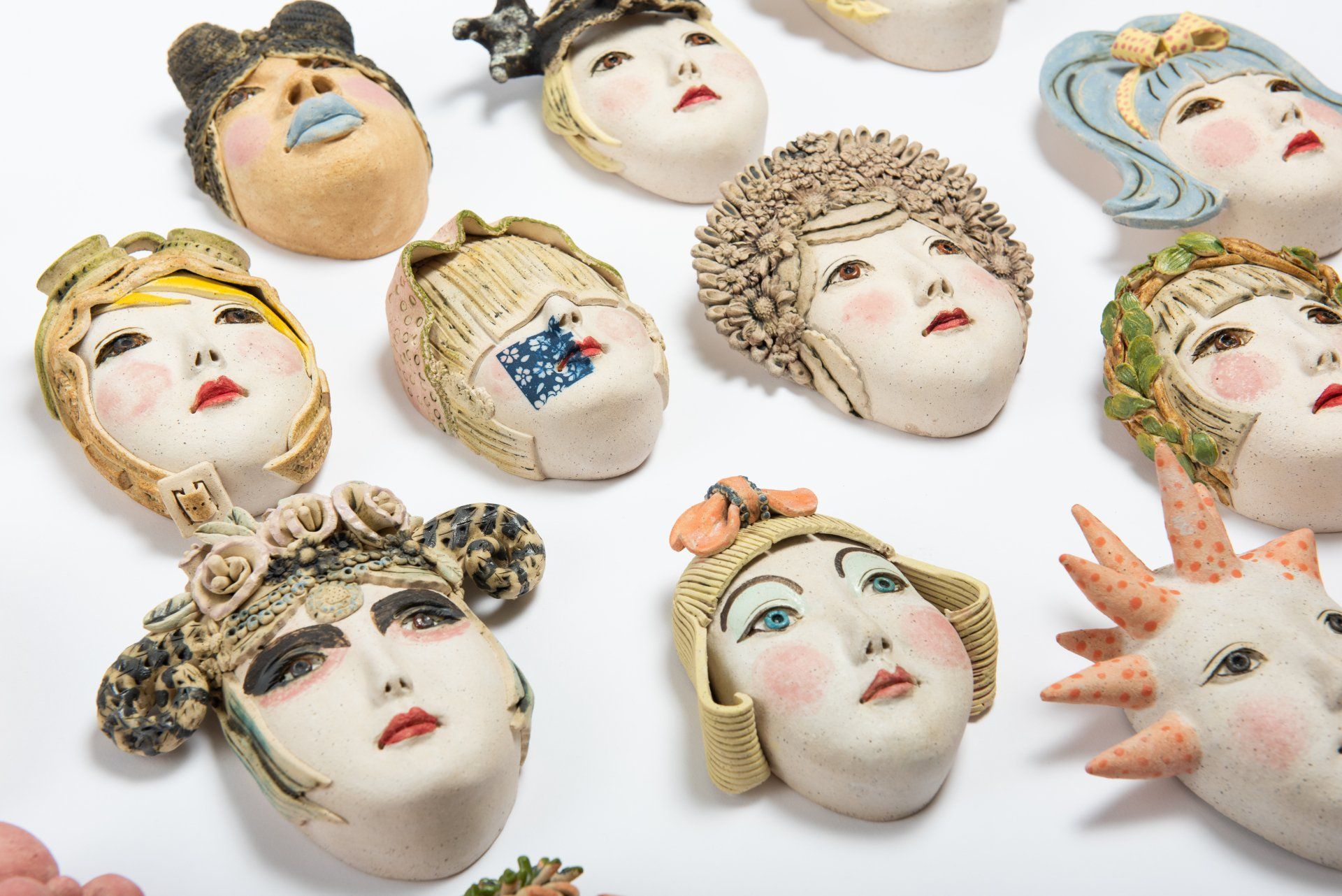Photography in Museums & Historic Houses
To snap or not to snap!
We recently took some time out in the North East and whilst there visited a number of BRILLIANT museums and heritage visitor attractions. Interestingly one of them in particular didn't allow photography inside, sparking a discussion between the family about how that one restriction had affected our visit.
There are only two or three reasons that I know of why photography is not be permitted at an attraction.
- Firstly for conservation reasons on things like Old Masters - I understand flash photography can cause damage to art (I say art as a general term to include fabric, paintings etc),
- Secondly for security reasons - for protection it opens an opportunity for visitors to potentially document where doors, cameras etc are to possibly return at a later time with bad intentions (this only applies to a few specific places that I can think of.)
- Thirdly - copyright issues, if an attraction/venue has not been given the full rights for whatever is on view (I am sure this could be negotiated though so this is a tentative reason!)
So aside from these three reasons it poses the question - should visitors be allowed to take photographs in a space that's open to the public?
For starters a slightly cringe moment is when visitors are either attempting to take pics or asking permission to - for staff to then apologetically have to say no! With a no photo policy in place it puts staff in a contentious position.
An outdated argument against taking photos is that you should buy a 'souvenir' instead. Already you've alienated a lot of your audience, the cost of doing that for many is prohibitive, especially after the price of a ticket and have you not heard of the power of UGC. In most UK museums, galleries and historic houses, personal photography is generally allowed and even encouraged. Smartphones have made photography accessible to almost everybody, whilst social media provides a place for all those photos to go. As such, the phone has become a significant presence in those spaces. Social media gives anyone with access, the chance to freely voice an opinion, and photos give valuable context to those opinions.
The presence of the phone can be to the annoyance of some - phones can represent a loud sense of carelessness and present the idea that the owner isn't really paying attention, isn't in the moment and really experiencing what they're there for (live streaming at the Louvre anyone?).
But is this perception rooted in a slightly elite bias of who should be visiting (mostly around art) and how it should be experienced? The idea of banning photography carries an expectation that people should follow an unwritten etiquette to engage with where they are, by regulating how people should behave in those places, are we ultimately saying that some people are less welcome than others? Shouldn't those spaces be accommodating a variety of ways to experience what they offer?
Some people will want to contemplate quietly, others will crave discussion, particularly if the visit has an interactive element.
Many visitors will wish to take photos and post them on social media.
The important thing about visiting somewhere is just that you experience it, not how.
Taking photos particularly on a phone is a natural extension of that experience. Moreover, photos are taken for a wide variety of reasons. We are habitual photo-takers in our family. As well as the fun and the general visit stuff, I often take a number of photos to help me to remember things that might later be of use for reference: signage, maps, a bit of text on the wall, things I might never see again, anything and everything. My husband works in catering and generally snaps cutlery, plates, menu prices (our camera rolls are riveting!!) I promise we do take good stuff too!
It's all informative though, no matter what we take pictures of AND now that Iphones also bring up memories (as does social media) it's actually free marketing for places, a reminder of that special place you went to 2 years ago, a year ago and perhaps that memory will then spark a revisit.
Due to the photography ban at the aforementioned place we visited in the North East, we obviously don't have any images which is sad and whilst yes, we experienced it in the moment, we don't have anything to look back on and remember or reference it, in addition we can't recommend it to anyone else by sharing images of it.
The reason the attraction gives for its no photography policy... "it's still very much a private home to the owners"
now unless it's a Royal Residency, which this was not, I don't quite think this reason stacks up, given it's open to the public and the owners don't live there for most of the year! It actually came across as a bit closed club and elite which was disappointing.
The answer to the question is perhaps not linear but I know how much we preferred other places that we were allowed to (respectfully) snap away in! and, we'll revisit those memories now and when my Iphone reminds me in a year, two years and more!


